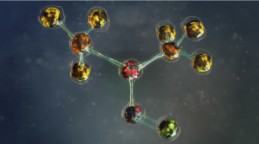Exploring challenging molecules, compounds and solutions in analytical quantitation
High stakes lead to bigger rewards for companies and individuals who tackle tough challenges in analytical quantitation. Each month, the Spotlight on series will highlight a different challenging molecule or class of compounds as well as related LC-MS solutions, unmatched in terms of sensitivity and accuracy, that will help customers meet today’s and future needs. So far, the series has taken a deep dive into the following molecules: nitrosamines, targeted protein degraders (TPDs), lipid mediators, PFAS (poly-and perfluoroalkyl substances), fentanyl, bile acids, GLP-1, and oligonucleotides. You can choose the molecule of interest when you log in to learn more.
This month, explore the first spotlight on a technology: SCIEX OS software. SCIEX OS software streamlines instrument control and automates data processing to simplify lab workflows and support fast, informed decisions. It serves both new and experienced users by maintaining compliance through audit trails and role-based access, while automating routine tasks so scientists can focus on discovery.
These brief, focused learning sessions are a quick read, designed to help learners gain a deeper understanding of each molecule and the role of LC-MS in their research and analysis.

SCIEX OS software

Oligonucleotides

GLP-1
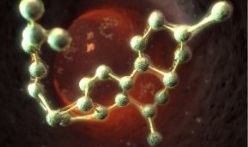
Bile acids
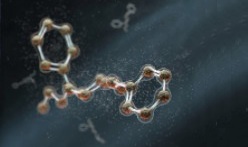
Fentanyl
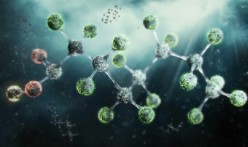
PFAS
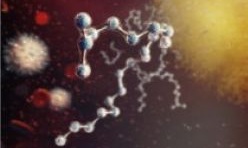
Lipid mediators

Targeted protein degraders
